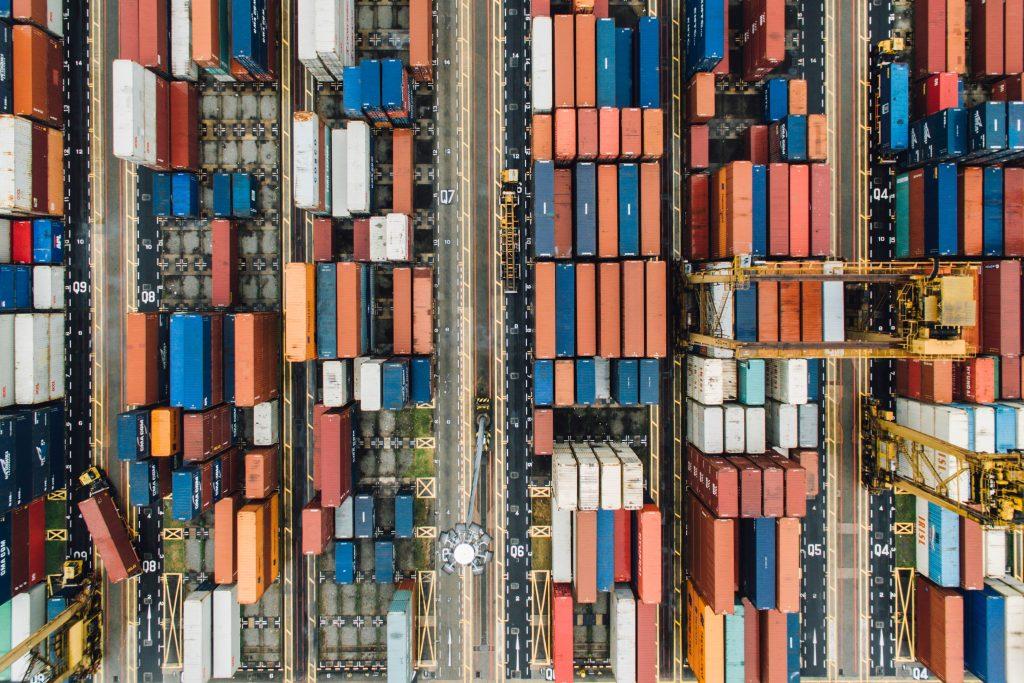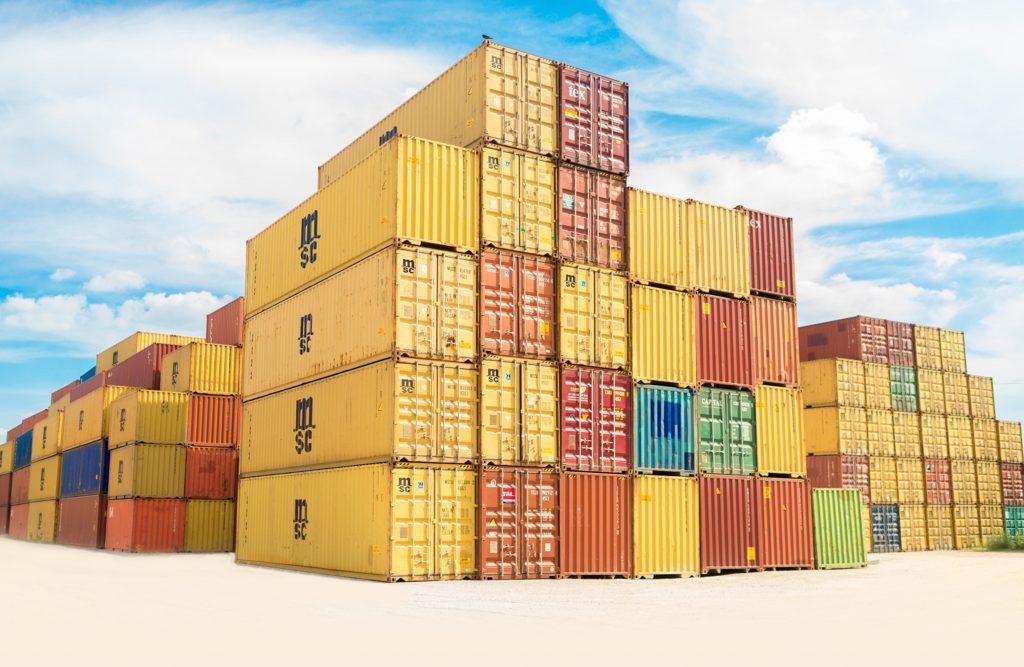Join our Mailing List!
Join the mailing list to hear updates about the world or data science and exciting projects we are working on in machine learning, net zero and beyond.

Data science has become an increasingly important tool in a variety of industries, and the world of ports and shipping is no exception. In this blog post, we will explore some of the ways that data science is being used in modern ports and shipping operations to improve efficiency and optimize various aspects of the business. From using machine learning algorithms to predict cargo routing and optimize supply chain management, to analyzing large amounts of data to identify trends and patterns, data science is playing a crucial role in the future of the shipping industry and we are doing our part at SeerBI to help.
So without further ado, let’s dive into the role of data science in modern ports and shipping operations.

One key area where data science is being used in the shipping industry is in the optimization of cargo routing. With the help of machine learning algorithms, shipping companies can analyze a wide range of data to predict the most efficient routes for their cargo. This data can include factors such as weather conditions, port congestion, vessel availability, and other variables that can affect the speed and cost of cargo transport.
By using data science to optimize cargo routing, shipping companies can save money on fuel and other expenses, as well as improving delivery times for their customers. For example, a shipping company might use data science to analyze information about current and forecasted weather conditions along various routes, and choose the route that is most likely to avoid storms or other adverse conditions. This can help reduce the risk of delays and improve the reliability of their services.
In addition to weather data, shipping companies can also use data science to analyze information about port congestion and vessel availability. By analyzing this data, companies can identify the ports and vessels that are likely to be available and ready to receive cargo at a given time, and plan their routes accordingly. This can help reduce delays and improve the overall efficiency of their operations.
Overall, data science is playing a crucial role in the optimization of cargo routing in the shipping industry. By leveraging the power of data and advanced analytics, shipping companies can improve their operations, save money, and better serve their customers.

Another important application of data science in the shipping industry is in supply chain management. By analyzing large amounts of data, including information about supplier performance and demand for various products, companies can identify bottlenecks and inefficiencies in their supply chain. This can help them make more informed decisions about where to source materials and how to distribute goods, ultimately improving their overall efficiency and profitability.
For example, a shipping company might use data science to analyze information about the performance of their suppliers, such as delivery times and quality of goods. This can help the company identify which suppliers are consistently meeting their expectations, and which ones may be causing delays or other problems. Based on this analysis, the company can then make more informed decisions about where to source materials and how to distribute goods, ultimately improving their supply chain efficiency.
In addition to supplier performance data, companies can also use data science to analyze information about customer demand for various products. By identifying trends and patterns in this data, companies can make more informed decisions about how much of each product to stock, and where to distribute it. This can help them avoid running out of popular items and ensure that they are able to meet customer demand in a timely and efficient manner.

One key area where data science can help ports is in the optimization of cargo handling and storage. By analyzing data about cargo volumes, types, and destinations, ports can identify bottlenecks and inefficiencies in their operations, and make more informed decisions about how to allocate resources and invest in infrastructure.
For example, a port might use data science to analyze information about the types and volumes of cargo that are being handled at different times of the day. This can help the port identify opportunities to improve the efficiency of their operations, such as by allocating more resources to handling certain types of cargo during peak periods, or by investing in additional equipment or infrastructure to improve cargo handling capacity.
In addition to analyzing cargo data, ports can also use data science to analyze information about the shipping companies that use their facilities. By identifying trends and patterns in this data, ports can make more informed decisions about how to allocate space and other resources to different shipping companies. For example, a port might use data science to identify shipping companies that are consistently bringing in large volumes of cargo, and allocate more space and other resources to these companies in order to better serve their needs.

Data science can also help ports improve their security and safety operations. By analyzing data about security incidents, equipment failure, and other potential risks, ports can identify trends and patterns that may indicate potential problems, and take steps to address them.
For example, a port might use data science to analyze data about security incidents, such as unauthorized access to restricted areas or theft of cargo. By identifying trends and patterns in this data, the port can take steps to improve security measures and reduce the risk of future incidents. This might include investing in additional security equipment or personnel, or implementing new security protocols to prevent unauthorized access.
In addition to security data, ports can also use data science to analyze information about equipment failure and maintenance schedules. By identifying trends and patterns in this data, ports can take steps to improve maintenance practices and reduce the risk of equipment failure. For example, a port might use data science to identify equipment that is consistently failing or requiring frequent repairs, and take steps to improve maintenance practices for this equipment in order to reduce the risk of future failures.

In conclusion, it is clear that data science is playing an increasingly important role in the world of ports and shipping. From optimizing cargo routing and supply chain management, to improving decision-making and enhancing security and safety operations, data science is helping the industry improve efficiency and better serve its customers. If your company is looking for help with any of these areas, our data science agency can provide expert assistance and advice.
We have a team of experienced data scientists who can help you leverage the power of data and advanced analytics to improve your operations and achieve your business goals. Contact us today to learn more about how we can help.
Join the mailing list to hear updates about the world or data science and exciting projects we are working on in machine learning, net zero and beyond.
Fill in the form below and our team will be in touch regarding this service
07928510731
[email protected]
Victoria Road, Victoria House, TS13AP, Middlesbrough